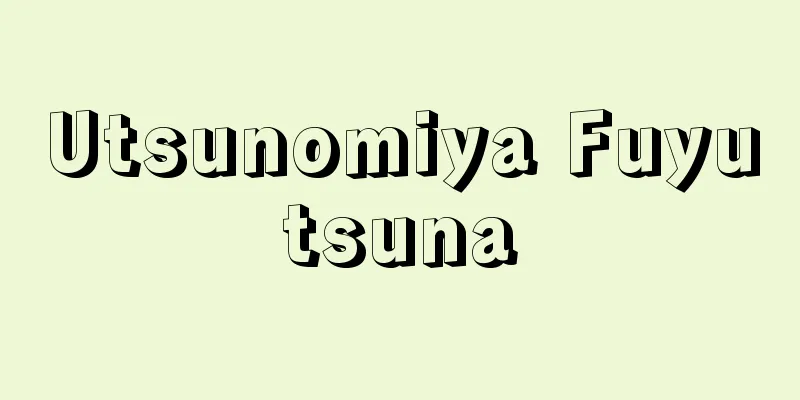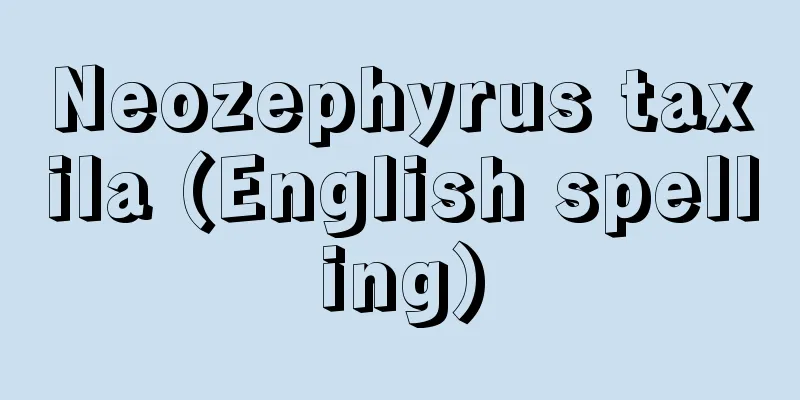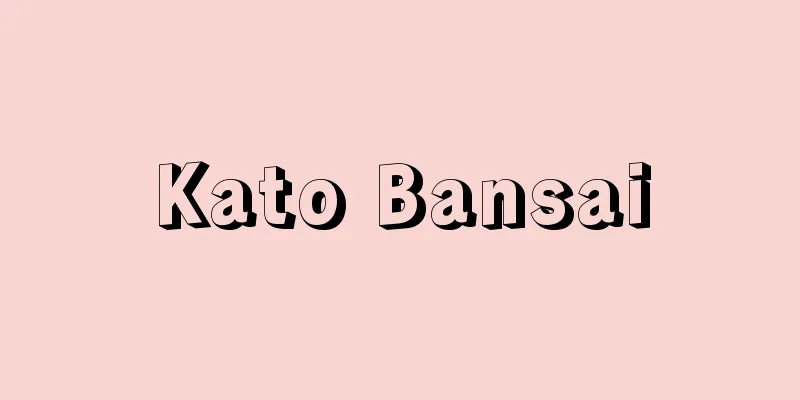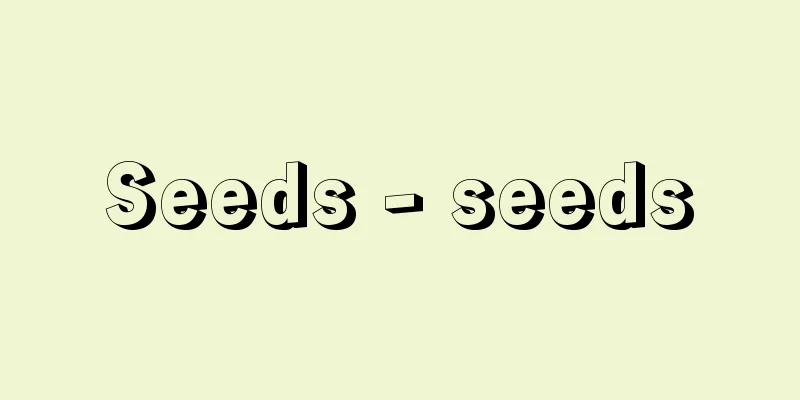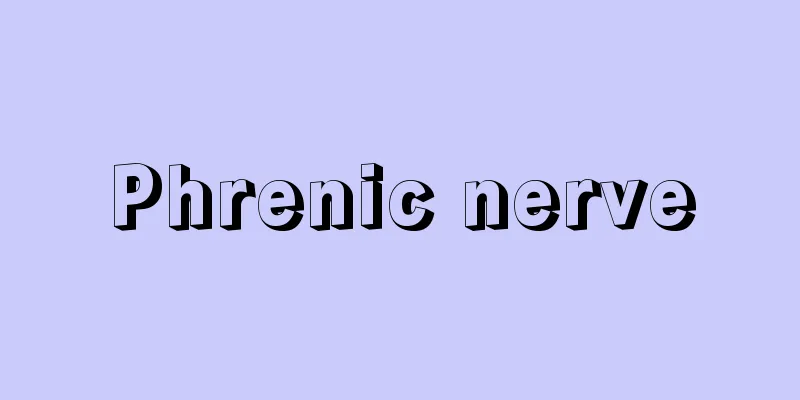Hungry Ghost Stories

|
A picture scroll with the theme of the world of hungry ghosts. One volume in the Tokyo National Museum and one volume in the Kyoto National Museum are famous (both are national treasures). The Tokyo National Museum version features various hungry ghosts such as the lustful hungry ghost, the baby-seeking hungry ghost, the rakshasa hungry ghost, the feces-eating hungry ghost, the rushing hungry ghost, the wilderness hungry ghost, the jikito hungry ghost, and the water-eating hungry ghost, while the Kyoto National Museum version features stories such as Mokuren-no-Matsumoto saving his mother who had fallen into the realm of hungry ghosts, the Buddha saving 500 water-eating hungry ghosts on the banks of the Ganges River, and Anan-no-Matsumoto saving the flame-mouthed hungry ghost. Both are based on the teachings of the Sutra of Mindfulness of the True Dharma, and depict retribution in the afterlife for deeds made in this life. Though the two works were written by different artists, both use free-flowing lines and plain colors to vividly depict the hideous forms of hungry ghosts, making them seem very real. Along with "Hell Stories" and others, they are thought to have been created against the backdrop of the unstable social situation of the turbulent period from the end of the Heian period to the beginning of the Kamakura period, reflecting the popular idea of the Six Realms of Rebirth. [Yasushi Murashige] "Ienaga Saburo (ed.), "Newly Revised Complete Collection of Japanese Picture Scrolls 7: Jigoku Soshi and Others" (1976, Kadokawa Shoten)" ▽ "Komatsu Shigemi (ed.), "Complete Collection of Japanese Picture Scrolls 7: Hungry Ghost Story and Others" (1977, Chuokoron-Shinsha)" "Tsukama Gaki" (Replica held at the National Diet Library ) "Gaki Zoushi" Source: Shogakukan Encyclopedia Nipponica About Encyclopedia Nipponica Information | Legend |
|
餓鬼の世界を主題とした絵巻。東京国立博物館蔵の1巻と京都国立博物館蔵の1巻とが著名である(いずれも国宝)。東博本は、欲色(よくしき)餓鬼、伺嬰児(しえいじ)餓鬼、羅刹(らせつ)餓鬼、食糞(じきふん)餓鬼、疾行(しっこう)餓鬼、曠野(こうや)餓鬼、食吐(じきと)餓鬼、食水(じきすい)餓鬼など諸餓鬼を、京博本は、目蓮(もくれん)尊者が餓鬼道に落ちた母を救う話、仏が恒河(ごうが)のほとりの500の食水餓鬼を救う話、阿難(あなん)尊者が焔口(えんこう)餓鬼を救う話などを扱っている。どちらも「正法念処経(しょうぼうねんしょきょう)」の説くところによっており、現世の所業に対する来世の応報が描かれる。この2本は別筆であるが、どちらものびのびとした描線と淡泊な色彩で、餓鬼の醜怪な姿を生き生きと描出して真に迫るものがある。『地獄草紙』などとともに、平安末~鎌倉初頭の動乱期の不安な社会情勢を背景に、当時流行した六道思想を反映してつくりだされたものと考えられている。 [村重 寧] 『家永三郎編『新修日本絵巻物全集7 地獄草紙他』(1976・角川書店)』▽『小松茂美編『日本絵巻大成7 餓鬼草紙他』(1977・中央公論社)』 「塚間餓鬼」 模写国立国会図書館所蔵"> 『餓鬼草紙』 出典 小学館 日本大百科全書(ニッポニカ)日本大百科全書(ニッポニカ)について 情報 | 凡例 |
<<: New Year's calligraphy - Kakizome
Recommend
lesser grain borer
...The lesser grain borer, Rhizopertha dominica ,...
Filefish (Nizadai) - Kawahagi
...It is found in the central and southern parts ...
Marut
In particular, the existence of a mythology cente...
Dry denitrification technology
...As the raw material shifts to coal, which cont...
Kirtan (English spelling)
…These are called prabandha. In the Bengal region...
Outdoor activities
Outdoor activities are activities that involve di...
Sprechstimme (English spelling) [Germany]
A special vocal technique used in 20th century ope...
Autogiro (English spelling)
A type of rotorcraft that generates lift using rot...
Hirotsugu Akaike
1927-2009 A mathematician from the late Showa to ...
Thompsonia japonica (English spelling) Thompsonia japonica
...The abdomen of the aonura larvae is parasitize...
Bertani, Agostino
Born: October 19, 1812, Milan [Died] April 10, 188...
Shoes - Shoes
A general term for footwear worn on the feet. Kut...
Stograf Conference - Stograf Conference
A synod of Russian Orthodox bishops held in Moscow...
Sorbonne - Sorbonne (English spelling)
The common name for the University of Paris, Fran...
Isobe - Isobe
…An annelid of the family Isocaeidae of the class...
